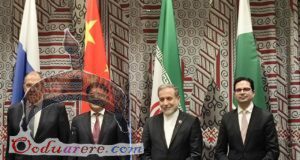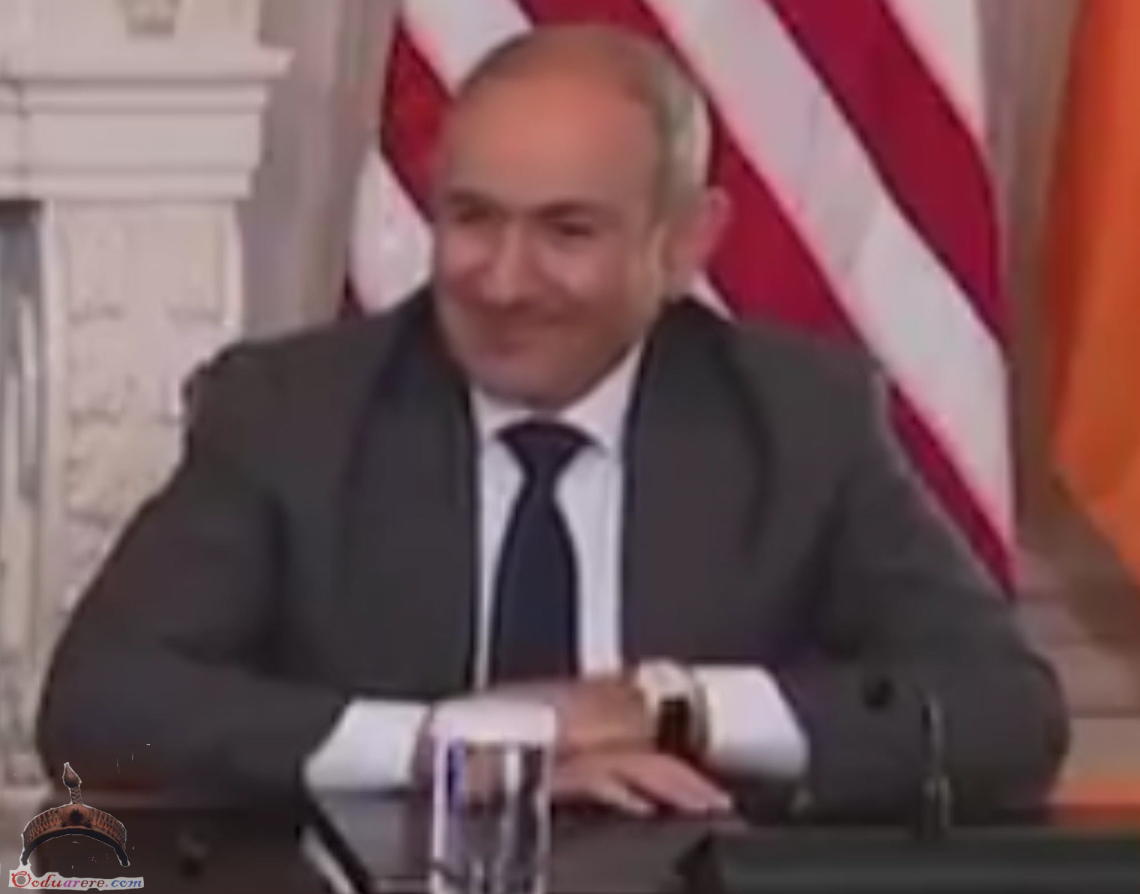by Ghassan Kadi
Political analysis is often based on speculations in an attempt to explain the news; past, present and future.
Future analyses are not meant to be predictive per se, but sometimes indicative of a worst case scenario, certain plausible and even far-fetched agendas. Likewise, digging into the past does not provide answers, but it rather enables us to look at the past with different binoculars.
The “killing” of Bin Laden was a mysterious event; not only in the manner that Americans told the story and a total lack of footage to support it, but also in its timing.
Many, including Pakistan’s former PM Benazir Bhutto have argued that Bin Laden was actually killed in 2005. Many other speculators, conspiracy theorists and cynics have doubted largely the American version and asked for documented proof. After all Bin Laden was a huge bounty to hunt, and the fact that the Americans did not boast his dead photos is highly suspicious; especially that they paraded captured Saddam before him, and before Saddam was captured, the gory photos of his dead sons Udai and Kusai were all over the media; with the courtesy of the American occupier. Let us also not forget the shocking scenes of the capture and killing of Gaddafi and the gloating of Hillary Clinton that followed. So why was Bin Laden saved this humiliation? One has to wonder.
Moreover, rumour has it that Bin Laden was on dialysis. If true, no one is in a position to really know how effective was the medical attention he was receiving.
It is then quite possible that Bin Laden died or was killed earlier, and not formally declared dead until May 2011.
In any event, irrespective of when Bin Laden was killed, and even if he died of natural causes, the world accepted that his death happened on that day. Not even Al-Zawahiri his Al-Qaeda heir successor denied it.
Again, even if Sep 11 was an inside job as some insist, Bin Laden was seen as the man responsible. He even stated in an Al-Jazeera interview that it was indeed him who gave the orders for the operation. But again and again, even if he jumped on the band wagon of fame, or infamy for that matter, and claimed responsibility for something he did not do in order to glue stars and stripes on his shoulder, beyond any doubt, he was the man seen by the world as the architect of Sept 11 by both his adversaries and followers.
Love him or hate him therefore, he was a big fish; or at least perceived to be one. The most “serious” aspect of this perception perhaps is the fact that in the minds of young Jihadi recruits, Bin Laden came to symbolize Jihad; and whence seen as the ultimate spiritual leader; albeit he did not have a title, stature or “office” .
To understand what is the real formal story of announcing Bin Laden’s death, we need to rewind the clock and try to understand this very mysterious man.
To compare Bin Laden to ISIS leader Abou Bakir Al-Baghdadi is not exactly like comparing apples to apples; but it is not like comparing apples to oranges either.
Bin Laden rose to prominence when Saudi Prince Bandar Bin Sultan -the then Saudi Ambassador in Washington- introduced him to the Americans as a very dedicated anti-Soviet devotee who would go to ends to fight the USSR in Afghanistan.
Bin Laden’s mandate in Afghanistan was to get the Russians out. His comradery of convenience with the Americans came to an end when the Saudis allowed the Americans (also “infidels” in Bin Laden’s eyes) to lay foot on the Holy Land itself. If Afghanistan was a redline for the atheist Communists, Saudi Arabia that houses the holiest of holy Muslims sites of Mecca and Medina were a much bigger redline for the “Western Crusaders”; as Bin Laden often reiterated.
When Bin Laden eventually declared divorce with his American and Saudi partners, the world ended up in the position outlaid above; the man who orchestrated Sep 11, the most wanted man on earth, and the man who represented and led the Jihadi mentality.
What is most interesting is what the rest of the world, the West specifically, missed out by not listening to Bin Laden’s speeches between his rise to infamy following Sep 11 and his eventual disappearance.
Soon after Sep 11, on an interview on Al-Jazeera, Bin Laden stated that the West will not know the bliss of peace until the bliss of peace becomes a reality in Palestine.
In all of his later speeches, he said again and again that for Al-Qaeda to stop its attacks on the West, the West will first have to stop its attacks on the Muslim World.
In March 2004, a series of explosions rocked train stations in Madrid killing nearly 200 innocent civilians. Al-Qaeda claimed responsibility. Almost a year later, Spain had an election and the newly elected Prime Minister Zapatero withdrew Spanish troops from Iraq. Bin Laden was quick to respond. In an interview on Al-Jazeera, he declared that because Spain was leaving Iraq, it is no longer an enemy of Islam and should not be targeted any more.
None of those statements reached the West in their entirety. All the Western viewers saw on their TV screens were edited snippets of long speeches that were cherry-picked to portray that Bin Laden was a determined indiscriminate enemy of the West.
In retrospect, the West created in the minds of Westerners a character out of Bin Laden that was much more akin to Al-Baghdadi than Bin Laden himself. If this was of any consequence at all, it helped create Al-Baghdadi, both directly and inadvertently.
Bin Laden spoke with the most profound mastery of Arabic language; something that very few people in the Arab-speaking world master. He had the specific objective to get the “infidels” out of Muslim lands. He never once advocated ramping up troops to go and kill Westerners indiscriminately. His story with Spain speaks volumes.
In early 2011 there was a new change in the air; the infamous Arab Spring that was destined to soon turn into a “Jihadi Spring”.
For the architects of the “Jihadi Spring” to give their plan to come to fruition, they needed a shift.
Major architect Bandar Bin Sultan thought he had all of his aspirations under control. With succession to the Saudi Throne in mind (given that his father Sultan Bin-Abdul Aziz was the then Crown Prince), he planned a swift victory in Syria to help him bolster his position as not only as the rightful heir to the throne, but also as a tactical, strategic and regional ally of America.
The so-called Arab Spring used Libya as a ground for practice; getting rid of Gaddafi along the way; but the big fish to fry was Syria. The fall of Gaddafi gave all of the enemies of Syria the green light they wanted to see in order to go full steam ahead to destroy Syria; and Bandar was the master planner.
Bandar had a bottomless pocket and endless funds. And just like Israel runs on the myth that if a certain amount of force does not solve a problem then more force will, the Saudis believe that if a certain amount of money does not solve a problem, then more money will. And given that Saudi financial resources were virtually endless, they felt that their plan was fool-proof.
But there was an obstacle in the way of Bandar’s plan in his attempts to rise to Muslim leadership, and that obstacle was Bin Laden. This is how the Arab-Spring-turned-Jihadi-Spring brings us back to Bin Laden.
Bandar knew well two prominent facts about Bin Laden. He knew that Bin Laden was the undisputed leader and inspirer of all acts of Jihad, and most prominently he also knew that Bin Laden would not endorse a Jihad war version that was not aimed at ousting “infidels” from Muslim soil.
For Bandar’s plan to work and succeed, Jihadism had to be decapitated. Bin Laden had to be removed from the scene.
In retrospect, it is highly unlikely that Bin Laden would have “authorized” the Jihadi war on Syria.
Is it therefore an accident that his official death was announced virtually on the eve of that infamous war on Syria?
One has to wonder.
 Ọmọ Oòduà Naija Gist | News From Nigeria | Entertainment gist Nigeria|Networking|News.. Visit for Nigeria breaking news , Nigerian Movies , Naija music , Jobs In Nigeria , Naija News , Nollywood, Gist and more
Ọmọ Oòduà Naija Gist | News From Nigeria | Entertainment gist Nigeria|Networking|News.. Visit for Nigeria breaking news , Nigerian Movies , Naija music , Jobs In Nigeria , Naija News , Nollywood, Gist and more






